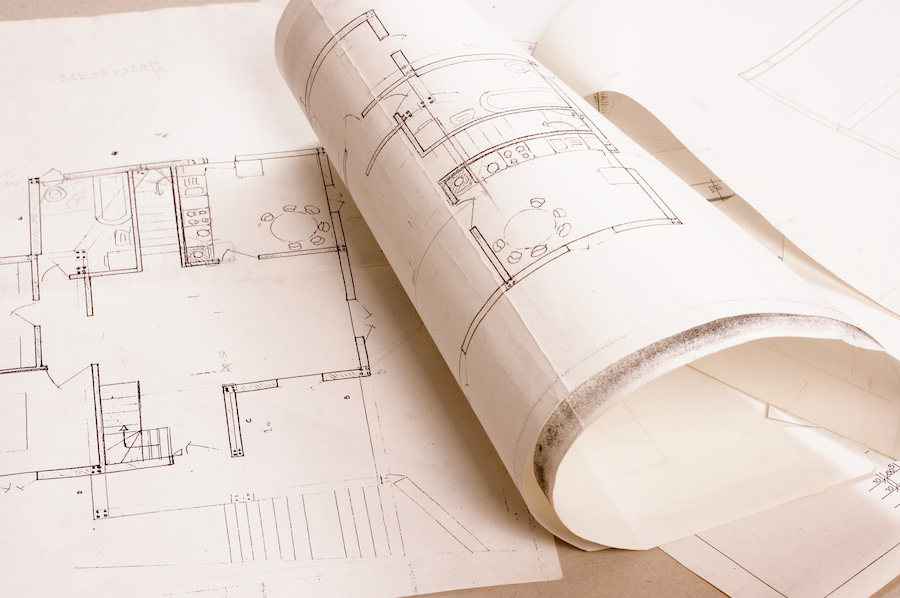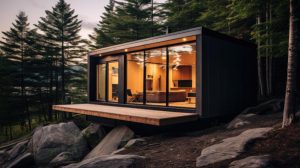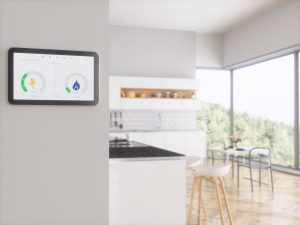
Every three years it happens.
Numerous states and localities across the country go through the process of updating their building codes to meet the current (or more current) version published by the international Code Council (ICC). According to the ICC’s state adoption map, the International Building Code (IBC), used for commercial construction is used or adopted in all fifty states. The International Residential Code (IRC), used for residential construction, is used or adopted in 49 states (what’s going on in Wisconsin?).
The ICC was established in 1994 with the goal of developing a single set of national model construction codes. It brought together three different organizations that had developed three separate sets of model codes throughout the U.S.
In addition to the IBC and IRC, the ICC also develops and publishes other codes as well including the International Mechanical Code (used in 46 states), the International Fire Code (used in 42 states) the International Plumbing Code (used in 35 states), and the International Energy Conservation Code (used in 48 states).
The ICC facilitates the development of updated versions of these codes every three years on a continuous cycle. The process is open and very transparent allowing ANYONE to submit code change proposals. So, with such widespread adoption of codes, it seems like there would be little confusion or concern with states adopting new codes.
Here’s where the challenges come into play.
With new codes every three years, there are multiple versions or editions of the building code available (i.e. 2012, 2015, 2018 editions). Not all states are on the same edition of the codes. For example, Maryland typically is the first state to adopt the newest version of the building code and almost always does so without any amendments. As of January 2020, Maryland, along with nine other states were building to the 2018 edition of the codes. Twenty-two states were still using the 2015 codes while seven were using the 2012 edition. Meanwhile in Texas, they are still using the 2003 version.
But the real inconsistencies and potential issues arise when states add or delete certain provisions within the model code to mee their own local needs - or when states FAIL to delete certain provisions of the code!
Often, the model code is amended for very practical or economic reasons. For example, the 2015 IBC was the first edition to require that all new school construction and additions to existing schools to have tornado shelters if located in a certain geographic region (covering all or part of twenty-three states). This very-well intentioned language was obviously added as a measure to ensure the safety of children and school employees in higher tornado risk areas.
The challenge was that many school officials and state policy makers responsible for education construction budgets were not aware of this new requirement in the codes (surprisingly, not all policy makers read section 423.3 of the 2015 International Building codes). Most states and schools struggle to find the best use of limited funds. So, when a new requirement in the code kicks in, creating a potential multi-million dollar unbudgeted expense, tensions can run high.
The mandatory installation of fire suppression systems is another example impacting schools and homeowners alike. Starting with the 2009 edition of the International Residential Code, fire sprinklers are required to be installed in all new homes. Unless of course, your state adopted the codes without that specific provision of the code. According to the National Association of Home Builders:
Forty-six states have completely removed the sprinkler requirements for one- and two-family homes. In twenty of those states, local jurisdictions have the authority to adopt sprinkler requirements. Only two states, California and Maryland, have left the sprinkler mandate in place. Opponents argue that this mandate increases the cost of all homes, but disproportionately impacts lower cost (affordable) homes.
More recently, the new 2018 Fire Code imposed lower sprinkler thresholds on educational facilities. This new requirement also applied to temporary relocatable classrooms with a limited number of exceptions: Not required for single classrooms under 1,000 sf provided the classrooms are not placed closer than 30 feet from one another.
It comes as no surprise that this new requirement has caught many school facility planners off guard as they scramble to address overcrowding. Schools must now face the decision of 1) installing sprinklers (at a cost of $4-5/sf) in their relocatable classrooms, in addition to plumbing and water systems to support sprinkler systems. 2) Use only single relocatable classrooms spaced 30 feet apart from one another. Or 3) house students elsewhere (cafeteria, gym, etc.). The second option seems the most practical, provided the school has the physical space for the relocatables.
The ICC code development process does require a “cost impact” for all proposed changes submitted for consideration and states that “The cost impact of a code change proposal is a key factor when considering the adoption of an updated code as the economic impact of the updated code provisions must be factored into the adoption process.”
All true.
But we wonder, once approved, how (or if) those cost impact summaries are communicated to the various stakeholders. And how do the state departments responsible for adopting and enforcing the codes communicate those impacts on other state agencies and the public at large.
Going back to the question in the title - New Building Code Adoptions: Improved Building Safety or Backdoor Unfunded Mandates? The answer seems to be both.
Learn More About the Benefits of Modular Homes
Pros and Cons of Modular Homes
The pros of modular homes include lower costs over traditional construction methods, better quality, improved construction speed, and better resilience while the cons consist of a bit more complicated financing process, lack of customization, and the social stigma that is the consequence of the low-quality of modular homes in the past. In this article, we…
More Than Ever, The Modular Future is Now
In 2007, the United States faced a housing crisis that caused the Great Recession and had economic ramifications for years. Some people called it the subprime mortgage crisis. One cause of the crisis is that lenders gave loans to potential homeowners even if the buyers couldn’t afford them.
Is Modular Housing the Solution to the Housing Crisis?
In 2007, the United States faced a housing crisis that caused the Great Recession and had economic ramifications for years. Some people called it the subprime mortgage crisis. One cause of the crisis is that lenders gave loans to potential homeowners even if the buyers couldn’t afford them.
Creating Affordable Energy-Efficient Housing Through Modular Building
It feels like everyone — consumers and contractors alike — is looking for ways to improve their homes’ energy efficiency. Thanks to climate change, dangerously hot summers and brutally cold winters make it more challenging to keep structure interiors comfortable.
Ways a Modular Home Can Save You Money
Are modular homes cheaper than site built homes? Why are modular homes cheaper than site built homes?
What’s in a Name? Modular, Manufactured, Prefab, Offsite?
What is the difference between modular homes, manufactured homes, prefab homes, and homes built offsite?
Latest Modular Design Trends
What are the latest modular design trends? What trends are on the horizon?
Why Tiny Houses are NOT Modular Homes…Yet.
Are tiny homes the same thing as modular homes? What is the difference in a tiny home and a modular home?









